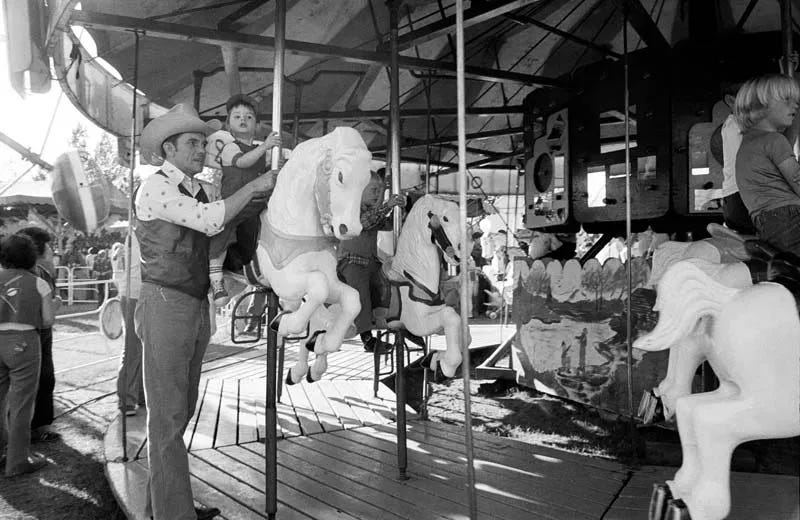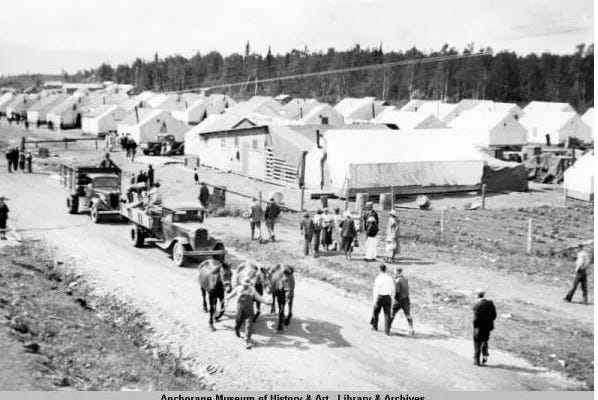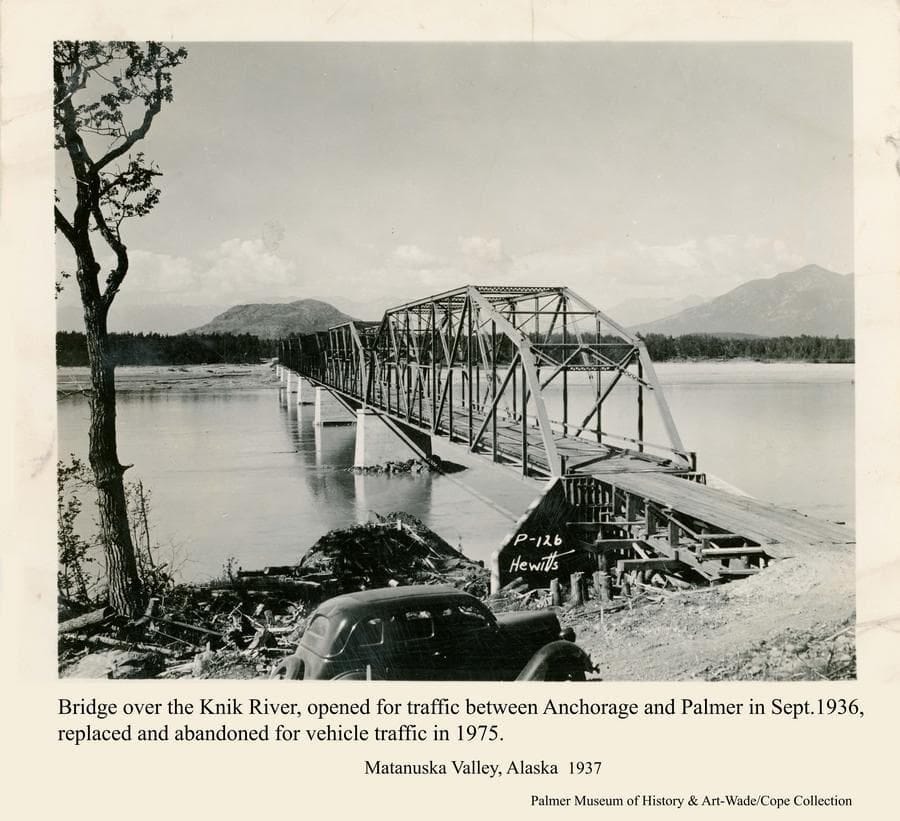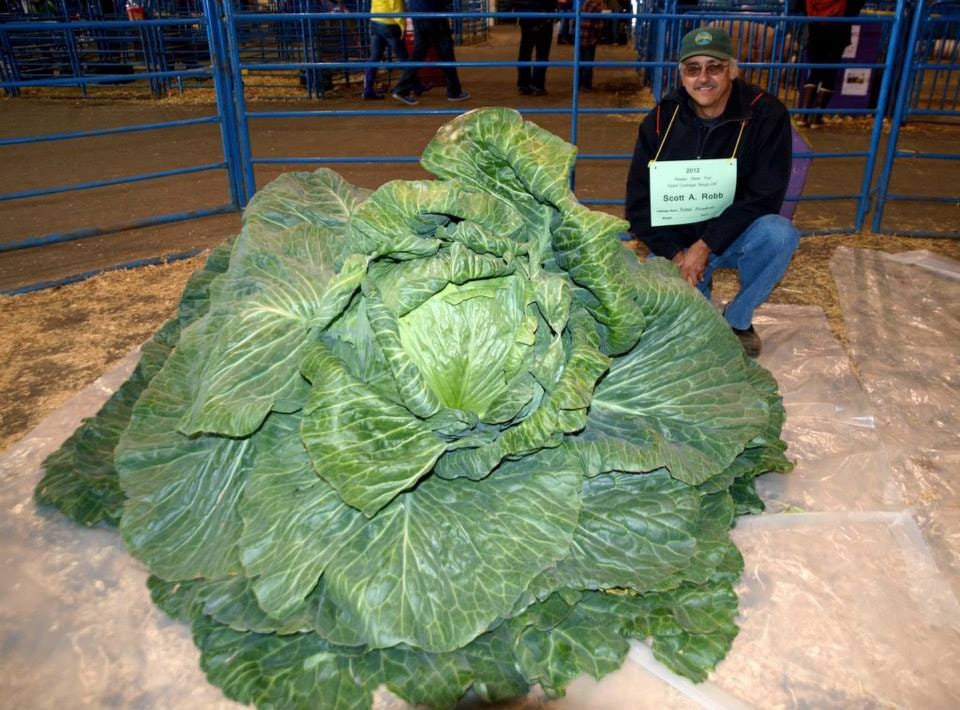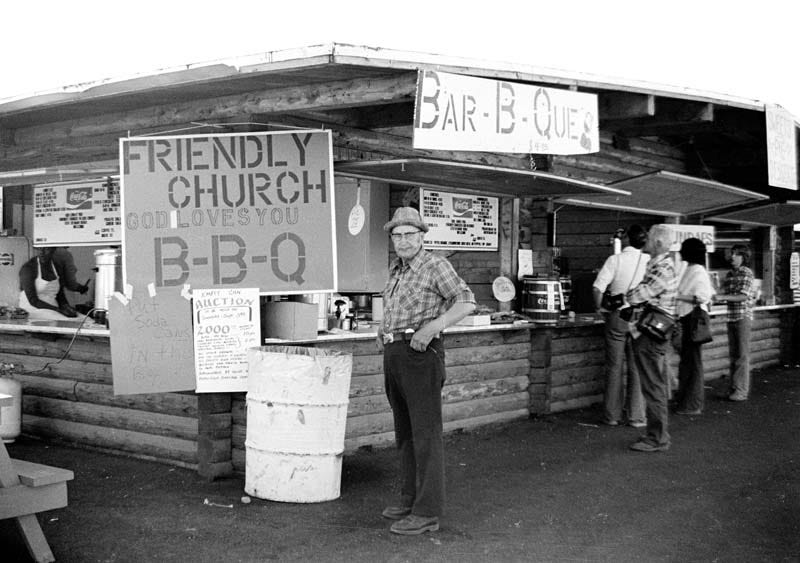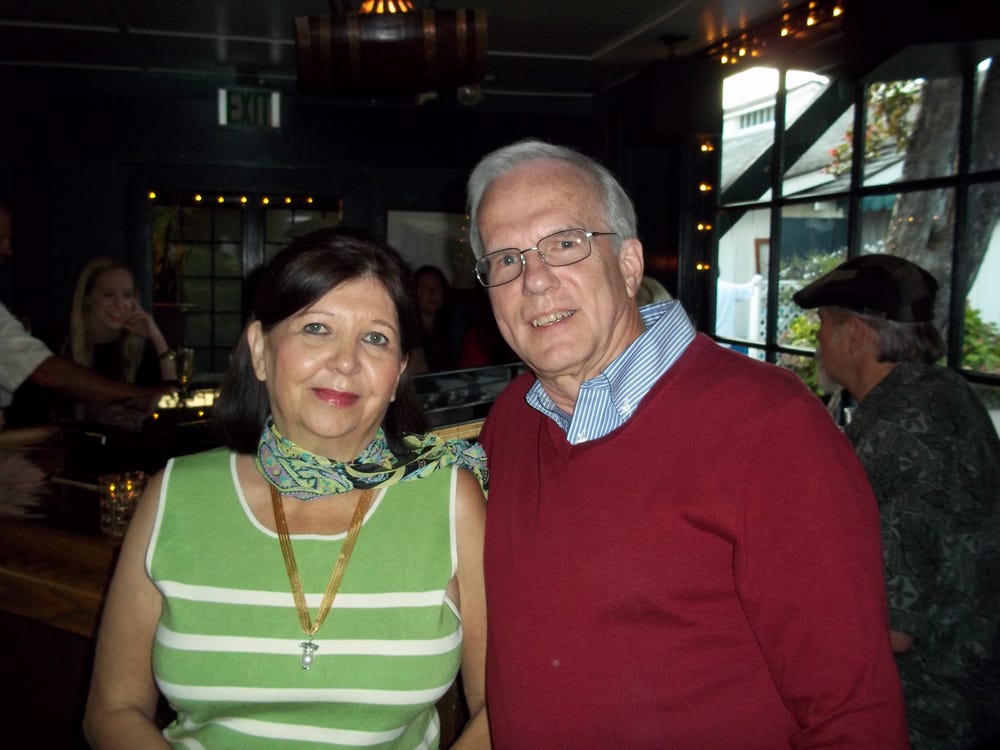The 138-Pound Alaska Cabbage
The Alaska State Fair Story.
Photo above by Stephen Cysewski, Wandering Alaska.com
The Alaska State Fair takes place in Palmer, Alaska, located about 43 miles north of Anchorage, in the Matanuska Valley.
But the Alaska State Fair didn’t get its start in Palmer.
The beginning
A man named Milton Snodgrass ran the Matanuska Valley Experimental Station and in 1924, he decided to put together an annual fair.
His idea was to hold the Western Alaska Fair in Anchorage.
At that time, the Knik River bridge had not yet been constructed, so the only way to get to and from the Matanuska Valley was the Alaska Railroad.
The Western Alaska Fair was held from 1924 to 1929.
From 1929 until 1936, there was no fair.
The Matanuska Colony
In the photo above is the Colony’s 1935 tent city in the Matanuska Valley
In 1935, Milton Snodgrass worked with 203 families with farming experience who made an incredible trip from the lower 48 to the Matanuska Valley, to establish the Matanuska Colony and what would become the town of Palmer, Alaska.
The Matanuska Valley soil had been found to be excellent for growing vegetables.
The Grange
Described in the dictionary as:
“a farmers' association organized in 1867. The Grange sponsors social activities, community service.”
The Grange, officially named The National Grange of the Order of Patrons of Husbandry, is a social organization and more in the United States.
In 1936, Milton Snodgrass put together the Grange in the Matanuska Valley. One of the goals of the Grange was to plan the first Palmer Fair to replace the fair in Anchorage.
The 1936 Matanuska Valley Fair
The first Matanuska Valley Fair included many agricultural exhibits from local colony farmers as well as a rodeo, baseball games, horse races, boxing, dances, the crowning of a fair queen and a baby show.
Tickets for the 1936 fair were $1 for adults, and admission for children under 8 was free.
Yes, You Can Share This Edition
You can share this edition of the Alaska Stories with friends and family.
And when you do, they will be so happy that they will buy you all your favorite fair food at the next Alaska State Fair… Well, it could happen.
Knik River Bridge
Then, in 1936, the Knik River Bridge opened, which meant there were two ways to get to the fair from in and around Anchorage. Fair goers could take the Alaska Railroad, or travel by vehicle.
Mary of Alaska Stories, and her family rode the train from Anchorage to the fair for over 10 years. Each year, after a day of fun at the fair, they would take the train back to town.
On at least two occasions, Mary and her family enjoyed the added treat of looking out the window of the train and seeing the Northern Lights.
Of Giant Cabbages and Kings
Yes, I’m being a bit poetic. “Of Cabbages and Kings” is a 1940s novel by O. Henry.
Poetry aside, in 1941, the manager of the Alaska Railroad had a great idea. He put up a $25 prize for the largest cabbage displayed at that year’s fair.
The winning cabbage was grown by Max Sherrod of the Matanuska Valley. His Cabbage weighed in at 23 pounds.
From 23 Pounds to 138 Pounds
71 years later, in 2012, a Palmer farmer named Scott Robb set a record for the World’s Largest Cabbage at the Alaska State Fair. His cabbage was a healthy 138 plus pounds… Now, that’s a lot of coleslaw.
The First Carnival Rides at the Fair
From 1936, to 1950, it was 14 years before carnival rides were added to the fair.
A Tale of Two State Fairs
And yes, I did it again. This time I was being very literary. “A Tale of Two Cities” is an 1859 novel by Charles Dickens.
Our tale is slightly different.
In 1956, there was an official decision to alternate the Alaska State Fair between two cities. The Palmer Fair and the Tanana Valley Fair in Fairbanks. In 1959, that practice was ended.
Log Food Booths
Photo above by Stephen Cysewski Wandering Alaska.com
Food is one of the great things about the Alaska State Fair.
In 1970, a local log smith named Jimmy Hitchcock created log food booths for the fair. Then in 1975, it was decided that buildings from the early days of Palmer would be moved to the fairgrounds.
The Alaska State Fair Today
All these years later, Milton Snodgrass would be proud that his idea for a yearly fair is still going strong from Late August to early September in the Matanuska Valley.
And that the Alaska State Fair is now considered one of the best in the United States.
BONUS
Would you like to know more about the history of the Alaska State Fair?
Take a look at The Alaska State Fair and discover.
From Our North Stars (that’s you)
From the edition about the Old Alaska Highway
By the way, the Alaska Highway is also known as the “ALCAN”, or Alaska Canadian Highway.
Pat M. had this reaction:
“Thank you for the history of the ALCAN and related stories”
Pat G. has this memory:
“Dad was stationed at Elmendorf 1960-64. When transferred to the lower 48 in'64 we drove the ALCAN in a 1959 Pontiac Bonneville hauling a 15' Aloha travel trailer.
Average speed was 30-35 mph. Drivers tended to space out when following another car to minimize breathing in the prior car's dust cloud. We camped in a variety of sites. In some places, small stores allowed parking in their public lots. Occasionally, in Canada, we actually found state maintained parks. It was quite an experience. I was 14 at the time.”
Tami sent this:
“Thank you, love the stories.”
Tony had this to say:
“Diane and I drive the Alaska Highway every year, and truthfully, it is boring compared to the adventures it used to hold. Almost all the old roadhouses are gone due to the rerouting of the road. The great climbs over Trutch and Summit are also gone due to rerouting. Still enjoyable for the wildlife though.”
BONUS
Would you like to know more about the old Alaska Highway?
Take a look at the Old Alaska Highway and enjoy the adventure.
Connect with Mike and Mary
Do you have a recipe for making coleslaw from a 138 pound cabbage?
Did you enjoy this look at the history of the Alaska State Fair?
Do you have a comment?
You can also reply to this email, or you can Contact Us to say, “I love the Alaska State Fair”.
Until Next Time
Mike and Mary
Alaska Stories


